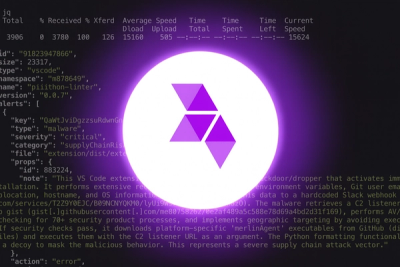
Product
Introducing Webhook Events for Alert Changes
Add real-time Socket webhook events to your workflows to automatically receive software supply chain alert changes in real time.
@aller/shiny
Advanced tools
Shiny components for your React application. Check out the [storybook](https://dbmedialab.github.com/shiny/)!
Ev'rythings shiny, cap'n, not to fret!
Shiny components for your React application. Check out the storybook!
In Aller Media, we use shiny as part of a four-layered frontend system:
yarn release(After you have merged you changes into master)
# Replace x.x.x with your new version number
git checkout master && git pull && yarn && git checkout -b release/x.x.x
yarn publish
git push --tags -u origin release/x.x.x
Create and merge a pull request for the branch
Add release notes by opening the visiting Shiny's releases overview page on GitHub, clicking your newly pushed release and then clicking the "Edit tag" button.
The name is very inspired!
FAQs
Shiny components for your React application. Check out the [storybook](https://dbmedialab.github.com/shiny/)!
The npm package @aller/shiny receives a total of 181 weekly downloads. As such, @aller/shiny popularity was classified as not popular.
We found that @aller/shiny demonstrated a not healthy version release cadence and project activity because the last version was released a year ago. It has 14 open source maintainers collaborating on the project.
Did you know?

Socket for GitHub automatically highlights issues in each pull request and monitors the health of all your open source dependencies. Discover the contents of your packages and block harmful activity before you install or update your dependencies.

Product
Add real-time Socket webhook events to your workflows to automatically receive software supply chain alert changes in real time.

Security News
ENISA has become a CVE Program Root, giving the EU a central authority for coordinating vulnerability reporting, disclosure, and cross-border response.

Product
Socket now scans OpenVSX extensions, giving teams early detection of risky behaviors, hidden capabilities, and supply chain threats in developer tools.